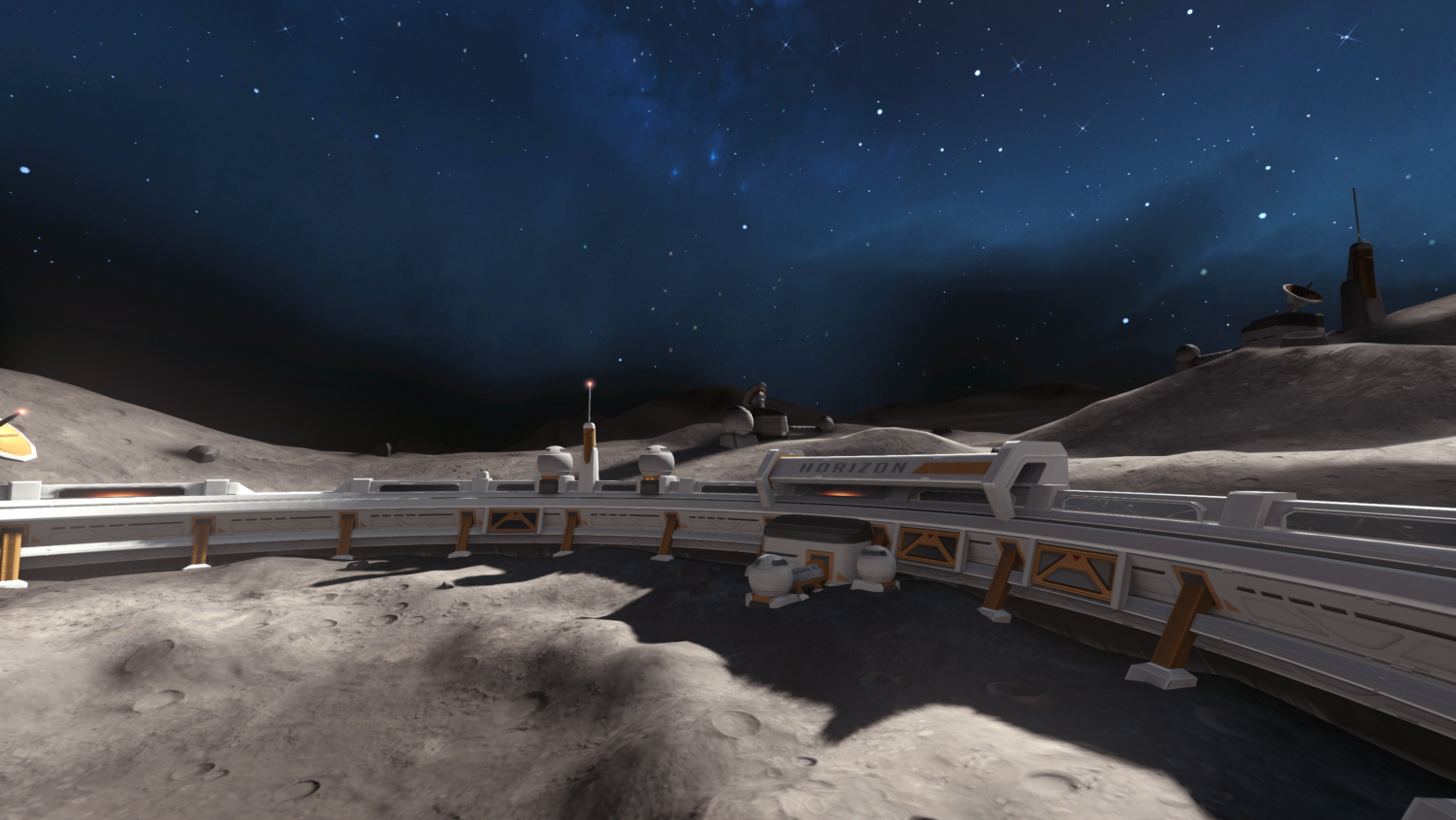The inaugural season of the Overwatch League has been a resounding success. 10 million viewers tuned in to watch the first week alone, with both hardcore gamers and casual fans flocking to streaming site Twitch. The broadcast team however, while enthusiastic, doesn’t do a great job or explaining the nuts and bolts of these modes. In an ongoing series, we’re breaking down the game step by step for new viewers and veteran Overwatch players alike.
The games break down into four rounds, with the possibility of a fifth for a tie breaker. Overwatch has a wide variety of maps and game modes with their own set of rules and objectives. Though all the different modes will be on display, only half will be seen in the first few weeks until the rotation changes in week six.
ESCORT/PAYLOAD – Dorado, Junkertown

The first game type in the rotation, “escort,” will be familiar to most multiplayer gamers. One team tries to push a “payload,” from one side of the map to the other, while the other defends. The offensive team must remain within a few feet of the payload to keep it going forward, as the defense tries to slow or stop their progress altogether. Points are awarded by crossing three different checkpoints along the payload’s route, getting a total of three points for escorting it all the way to the finish. Teams will then trade sides, and whichever team pushes the payload to the end the furthest, or in the end of a tie, the fastest, takes round one.
ASSAULT – Temple of Anubis, Horizon Lunar Colony

The next map type in the current rotation are “assault” maps. In this mode there are two control points that the offensive team must capture, while the defensive team tries to stop them. Taking control of the first objective rewards one point to the offense, while the second point grants another. Teams then flip sides, giving both a chance. If both teams finish the map, an overtime will be played until one team can stop the other.
HYBRID – Numbani, Eichenwalde
A mix of the first two modes, hybrid maps require the attacking team to capture a point before pushing the payload to the end. The same rules will apply in order to break ties.

The Ilios map is one of two control maps in the game.
A classic game type, control or “king of the hill” maps are Overwatch’s most chaotic, with both teams fighting for control of the same point. Teams must hold the point for a certain amount of time to take the map, holding off the other team’s attempts at the same time.
The roster teams can choose from is vast, with 26 different characters and four different “classes” to choose from.
Damage Per Second – Doomfist, Genji, Pharah, McCree, Reaper, Soldier 76, Sombra, Tracer

Genji is one of the most used Damage Per Second, or DPS characters in the game.
When it comes to making flashy plays and lighting up the kill feed, DPS characters are unmatched. With a variety of offensive abilities, characters such as Tracer and Genji will headline most DPS player’s roster choice. Both are heavily picked in almost every team composition across the league, due to their quick movement capabilities and ability to get quick, important kills. Mainstays like McCree, Pharah, and Soldier 76 are seen often as well, being reliable fallbacks for different maps and game modes.
Defense – Bastion, Hanzo, Junkrat, Mei, Torbjörn, Widowmaker
This section features essentially situational DPS roles like Widowmaker and Junkrat. They specialize in denying the opposing team space, with Junkrat’s grenade launcher clogging up shooting lanes and Widowmaker’s sniper rifle or Hanzo’s bow terrorizing enemy supports who come too far out into the action.
Tank – D.Va, Orisa, Reinhardt, Roadhog, Winston, Zarya

Winston is one of the more popular Tank characters in “Overwatch.”
Tanks are the frontline players on the squads. Their main role is to protect their teammates from damage, or soak it up themselves. Winston and Reinhardt’s shield creates barriers to hide behind, while Roadhog and D.Va try to absorb some of the incoming damage instead. These roles don’t get much attention, but are pivotal in creating space for the DPS players to work. Think of them as the offensive line of Overwatch, with a bit more involvement.
Support – Ana, Lucio, Mercy, Moira, Symmetra, Zenyatta
Supports do exactly what it sounds like they do. Through healing or shielding, these characters can heal the damage taken by their teammates and in Mercy’s case, bring fallen players back to life. These characters tend to have less health and escape ability, making them easy targets that must be protected.
Mercy has dominated the support picks as of late, with her resurrection ability creating controversy within the league. But for now, almost every Overwatch League match will be bound to have a player using Mercy in it.
Most teams will have at least one or two “flex” players, someone comfortable filling in for almost any of these characters. This is a rarity within the competitive community, as most top players “main” one or two characters that they really learn and master. A good flex can be crucial in the right spot.
The 12 teams are split into two divisions, the 40 game regular season schedule will go until May 19, with playoffs beginning July 11. The winning team will take home $500,000, with a total of 1.7 million in bonuses available to the winning teams that advance each round.




